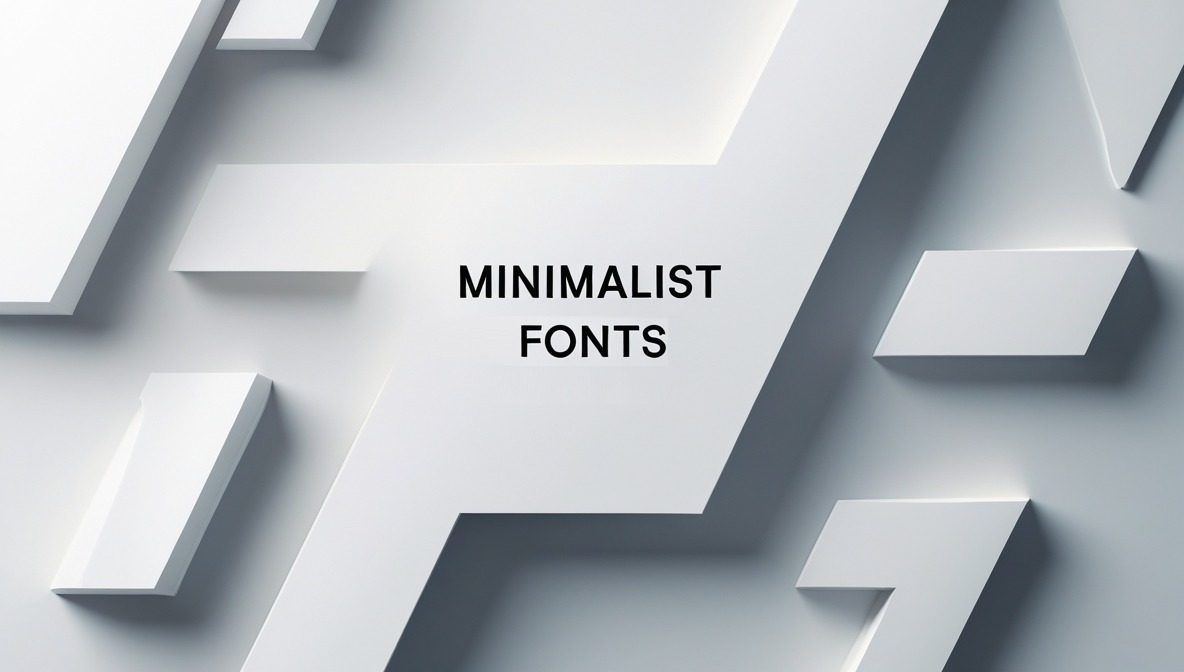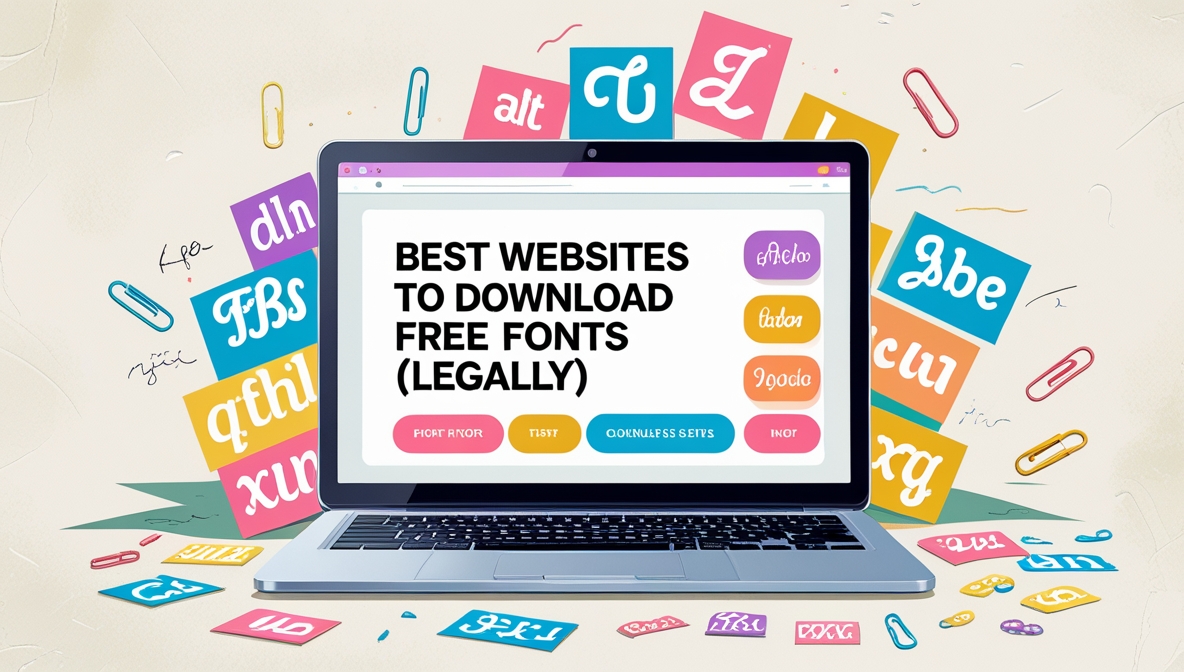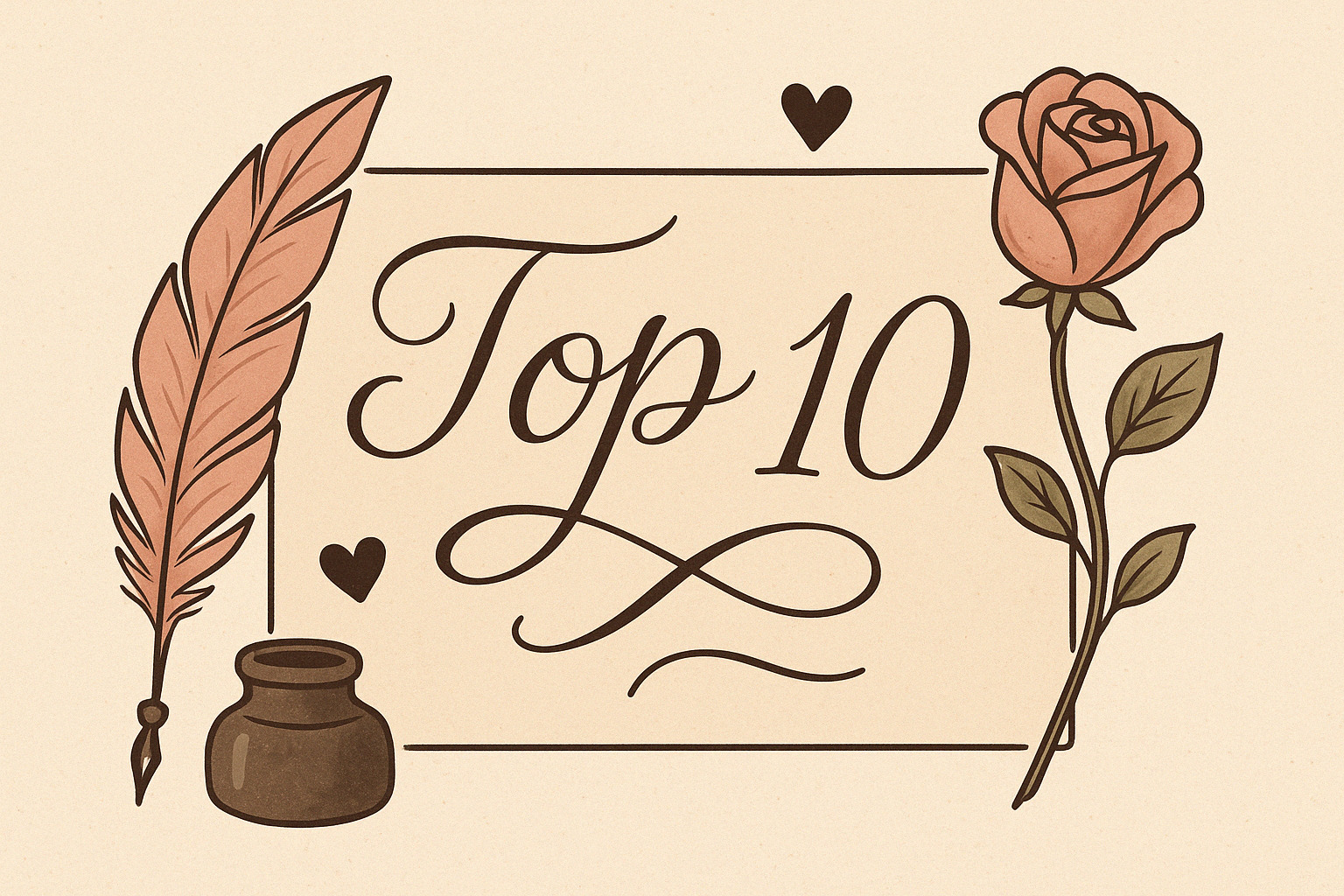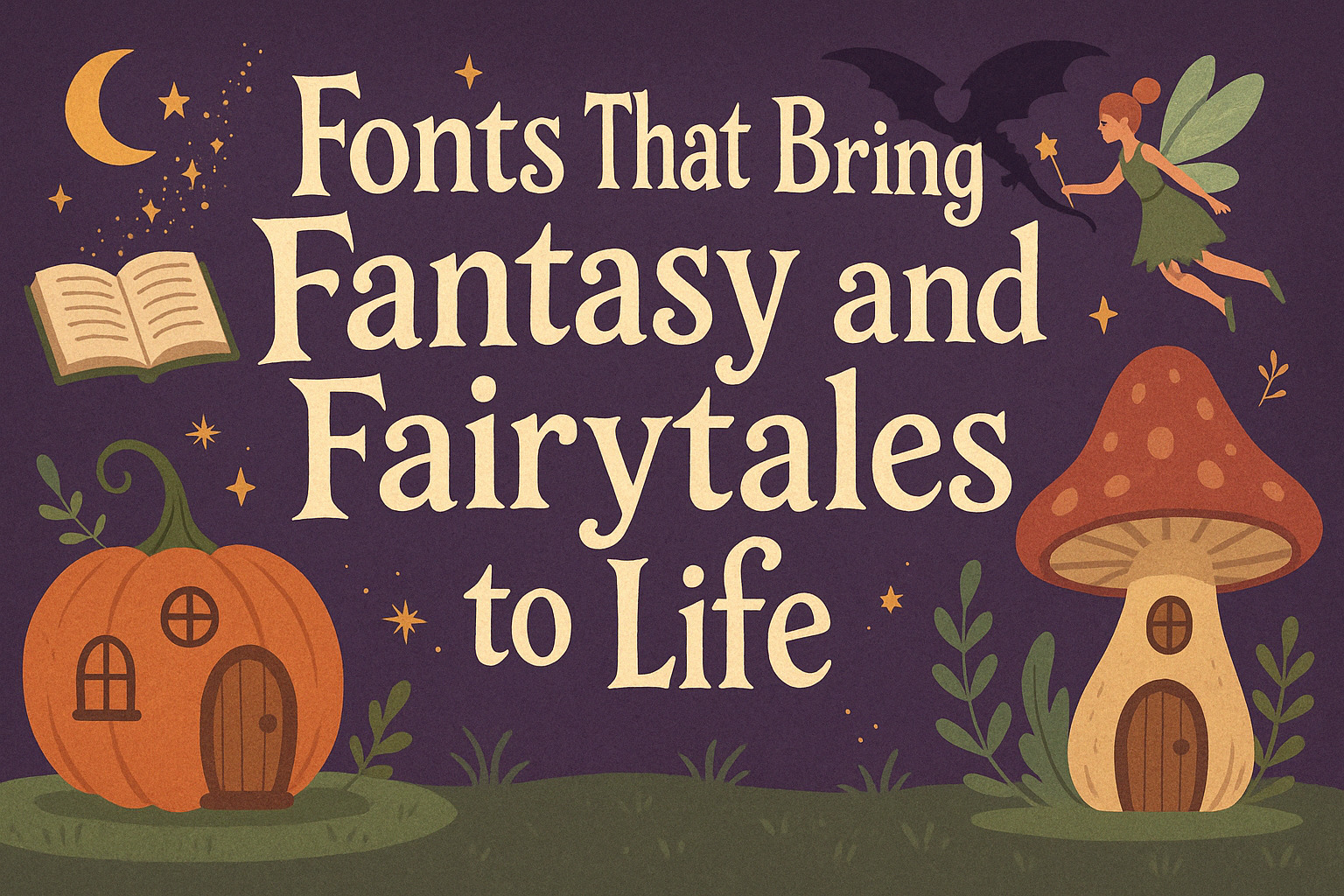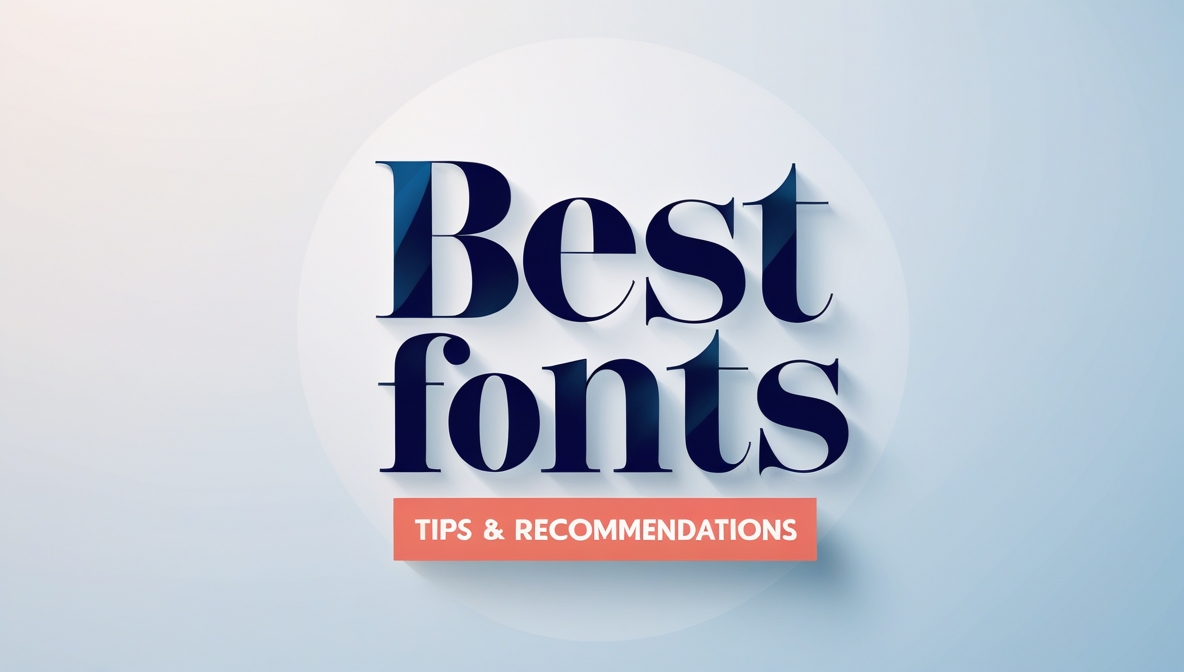In the fast-paced world of branding, where first impressions are everything, minimalist fonts have emerged as a powerful tool for creating sleek, modern, and memorable identities. But why are minimalist fonts so effective? The answer lies in their simplicity, versatility, and ability to convey clarity and sophistication. In this article, we’ll explore the best minimalist fonts for modern branding, how to use them effectively, and why they’re a must-have for any brand looking to stand out in a crowded marketplace.
Why Minimalist Fonts Are Essential for Modern Branding
Minimalist fonts are more than just a design trend—they’re a reflection of the modern consumer’s desire for clarity and authenticity. Here’s why they work:
- Timeless Appeal: Minimalist fonts avoid overly decorative elements, ensuring they remain relevant for years.
- Versatility: They adapt seamlessly to various mediums, from digital platforms to print.
- Enhanced Readability: Clean lines and simple shapes make them easy to read, even at smaller sizes.
- Emotional Impact: Minimalism evokes feelings of sophistication, trust, and modernity.
Top Minimalist Fonts for Modern Branding
Here’s a curated list of minimalist fonts that are perfect for modern branding:
1. Helvetica
- A classic sans-serif font known for its neutrality and versatility.
- Ideal for brands that want to convey professionalism and simplicity.
2. Futura
- A geometric sans-serif font with a clean, futuristic aesthetic.
- Perfect for tech brands or those with a forward-thinking ethos.
3. Montserrat
- A modern, elegant font inspired by urban typography.
- Great for lifestyle brands aiming for a contemporary yet approachable feel.
4. Roboto
- A highly legible font designed for digital interfaces.
- Suitable for brands with a strong online presence.
5. Avenir
- A humanist sans-serif font that combines warmth with minimalism.
- Works well for brands that want to appear both modern and friendly.
6. Gotham
- A clean, geometric font with a bold presence.
- Often used by brands that want to project confidence and authority.
7. Lato
- A semi-rounded font that balances professionalism with approachability.
- Ideal for brands that want to feel human and relatable.
8. Proxima Nova
- A hybrid font that blends modern and traditional elements.
- Perfect for brands seeking a timeless yet contemporary look.
How to Use Minimalist Fonts Effectively
Using minimalist fonts requires more than just selecting the right typeface. Here’s how to make the most of them:
1. Pair Fonts Strategically
- Combine a minimalist sans-serif with a complementary serif or script font for contrast.
- Example: Use Helvetica for headings and Merriweather for body text.
2. Focus on Hierarchy
- Use font weights and sizes to guide the reader’s eye.
- Example: Bold Futura for headlines, regular Futura for subheadings.
3. Leverage White Space
- Minimalist fonts thrive in clean, uncluttered layouts.
- Allow ample white space to let the typography breathe.
4. Experiment with Case and Kerning
- Try uppercase letters for a bold statement or lowercase for a softer feel.
- Adjust kerning to ensure optimal readability and aesthetic balance.
5. Consider Color Carefully
- Stick to a limited color palette to maintain a minimalist vibe.
- Example: Black and white with a single accent color.
Real-World Examples of Minimalist Fonts in Branding
Here’s how some of the world’s most iconic brands use minimalist fonts:
1. Apple
- Font: San Francisco
- Why It Works: The clean, geometric design reflects Apple’s commitment to innovation and simplicity.
2. Google
- Font: Product Sans
- Why It Works: The custom typeface is playful yet minimalist, aligning with Google’s user-friendly approach.
3. Netflix
- Font: Netflix Sans
- Why It Works: The bold, clean lines convey authority and modernity, perfect for a global entertainment brand.
4. Airbnb
- Font: Cereal
- Why It Works: The rounded edges and clean design evoke warmth and trust, essential for a hospitality brand.
The Psychology Behind Minimalist Fonts
Minimalist fonts aren’t just visually appealing—they also tap into the psychology of consumers:
- Clarity: Simple fonts reduce cognitive load, making information easier to process.
- Trustworthiness: Clean designs are often associated with transparency and reliability.
- Modernity: Minimalist fonts align with contemporary design trends, making brands feel current.
Common Mistakes to Avoid When Using Minimalist Fonts
Even the best fonts can fall flat if used incorrectly. Avoid these pitfalls:
- Overusing Bold Text: Too much bold text can overwhelm the reader.
- Ignoring Readability: Ensure your font is legible across all devices and sizes.
- Neglecting Brand Personality: Choose a font that aligns with your brand’s values and voice.
- Overcomplicating Layouts: Keep designs simple to let the font shine.
Conclusion: Embrace Minimalism for Lasting Impact
Minimalist fonts are more than just a design choice—they’re a strategic tool for building a modern, timeless brand. By choosing the right typeface and using it effectively, you can create a visual identity that resonates with your audience and stands the test of time. Whether you’re rebranding or starting from scratch, minimalist fonts offer a clear path to sophistication and success.
So, what are you waiting for? Dive into the world of minimalist typography and watch your brand transform.
